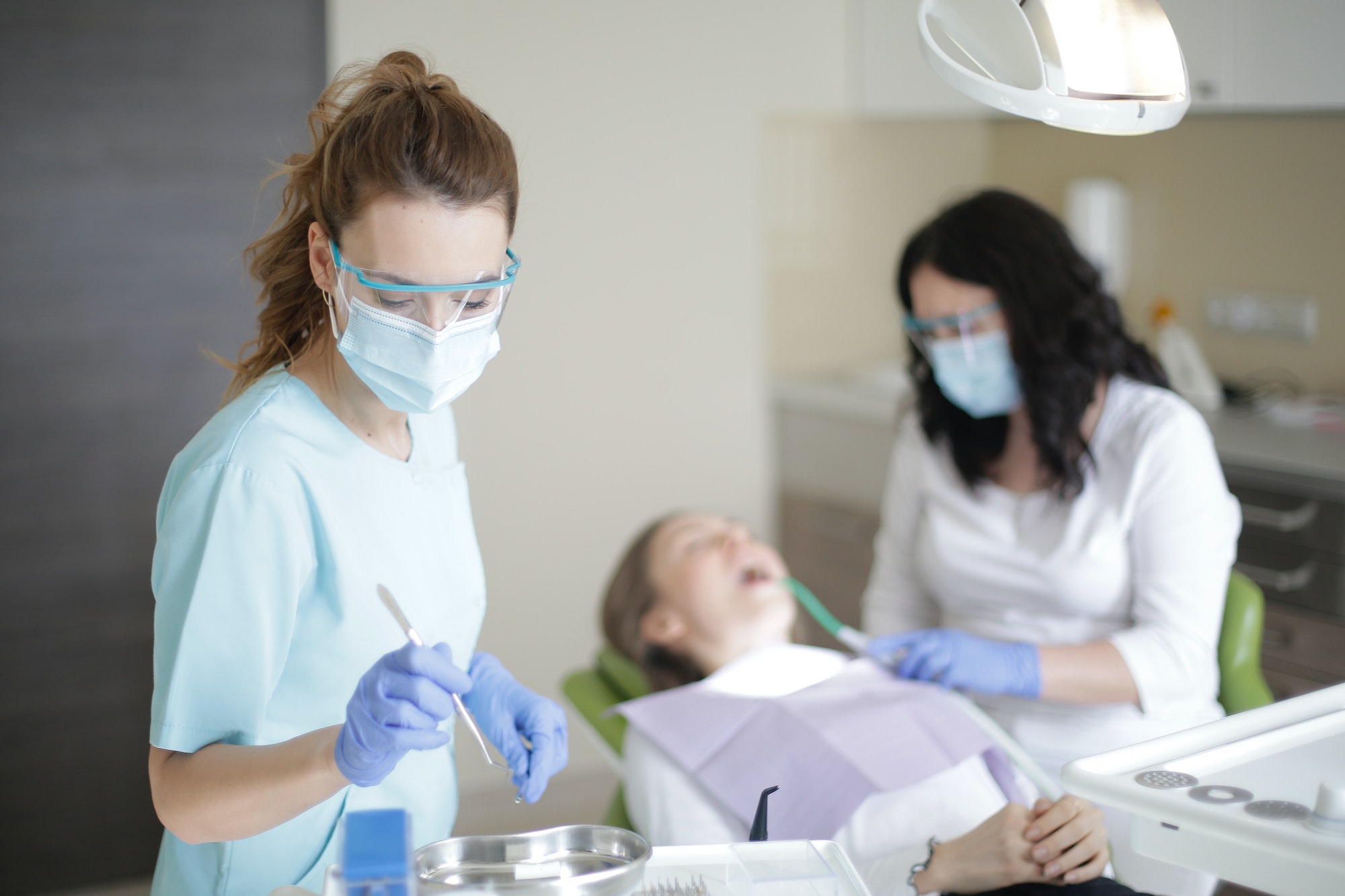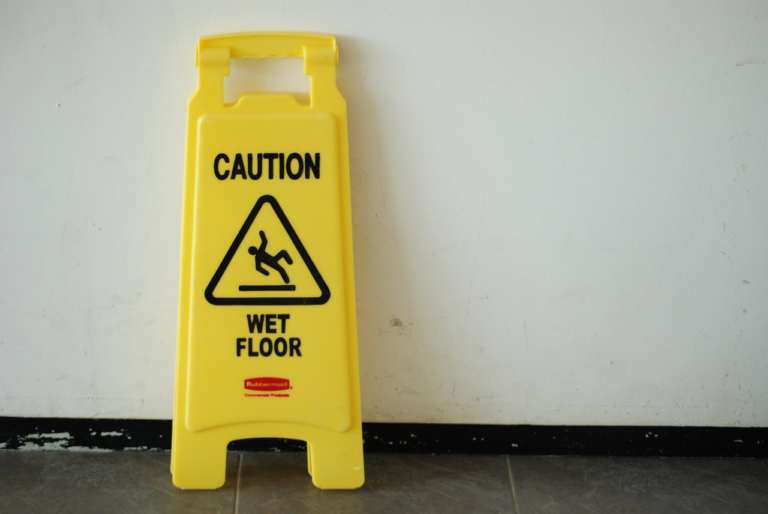4 Amazing Tips For A Better Smile With Braces
Imagine starting your day with a confident, radiant smile. The perfect set of teeth usually starts with fragile metal and wire braces. Orthodontic treatment might be scary, but the results are amazing.
Orthodontics improves looks and addresses functional issues that could harm health. Studying bite corrections and dental health effects helps you prepare for orthodontic therapy.
We’ll cover everything from the first orthodontist visit to maintaining your smile with brackets and wires. Learn how to fix common orthodontic issues and get the smile you’ve always wanted. Join us as we discuss practical strategies and insightful guidance to make your orthodontic experience easy.

Your Guide to Braces: Tips for a Smooth Transition to a Better Smile
The Benefits of Orthodontic Treatment
Seeking out orthodontic treatment brings you a step closer to not only a healthier smile but also a more beautiful one. The process corrects misalignments and irregularities, and while it may seem like a commitment, the lifelong advantages, including improved dental health and heightened self-esteem, are truly immeasurable.
Achieving Straighter Teeth
Straighter teeth are not only aesthetically pleasing, but they also function better. Why does that matter? Well-aligned teeth lessen the risk of food particles getting trapped in hard-to-reach spots, which reduces the chance of plaque buildup and tooth decay. Moreover, straight teeth contribute to a healthier bite, ensuring your jaw muscles aren’t overstressed and reducing wear on the tooth enamel.
Correcting Bite Issues
When your bite is properly aligned, it helps prevent a multitude of potential problems. A misaligned bite can cause issues like difficulty chewing, speech impediments, and increased strain on teeth and jaws, which could lead to TMJ disorders. By guiding your teeth into their rightful position, orthodontic treatment ensures that both the upper and lower teeth fit together comfortably, creating a harmonious and functional bite.
Improving Oral Health
Crooked teeth and a misaligned bite can make maintaining oral hygiene challenging. With straight teeth, you’ll find it’s easier to brush and floss effectively. This diligent oral hygiene routine significantly reduces the risk of gum disease, tooth decay, and even potential tooth loss. What’s more, straight teeth also help improve your speech and prevent injuries caused by protruding teeth. The end goal—a vibrant, healthier smile—is within your reach.
By adhering to these pillars of orthodontic treatment, you’re not just transforming your smile; you’re enhancing your life. With proper care, your resilient and delightful smile will be a testament to the magnificent journey you’ve undergone.
If you’re considering Invisalign treatment in Washington DC, explore options like Kumra Orthodontics to navigate this path smoothly and emerge with a grin that radiates triumph. Now, let’s talk about how you can make the most of your orthodontic

Preparing for Orthodontic Treatment
To ensure you’re fully ready for this transformative experience, it’s important to prepare yourself mentally, physically, and practically. Here’s how to set the stage for a smooth and successful journey:
- Educate yourself about different types of braces and aligners.
- Start practicing excellent oral hygiene if you haven’t already.
- Prepare a list of questions or concerns to discuss with your orthodontist.
- Plan for adjustments in your daily routine, particularly regarding dietary changes.
- Arrange your schedule to accommodate regular appointments. By taking these preparative steps, you’re laying a strong foundation for your orthodontic care. Embrace this opportunity with enthusiasm, knowing that every step you take now paves the way for that perfect smile.
Scheduling a Consultation with an Orthodontist
To make the most of this initial meeting:
- Choose a reputable orthodontist with excellent patient reviews and credentials.
- Ensure your dental records, including recent x-rays, are transferred in advance.
- Prepare to discuss your dental history, concerns, and desired outcomes.
- Anticipate learning about the costs, duration, and specifics of your treatment options. Securing this appointment plants the seeds of success for your orthodontic treatment. Step into it with an open mind, ready to explore the possibilities that lie ahead.
Understanding the Treatment Plan
At the core of your orthodontic journey lies the treatment plan—your roadmap to a straighter smile. When your orthodontist presents this plan, it’s important to:
- Listen attentively to the proposed treatment methods and understand why they’re suggested for you.
- Ask about the duration of treatment and what kind of results you can expect.
- Inquire about any risks, limitations, and necessary lifestyle changes.
- Get clarity on the frequency of appointments and maintenance procedures. Feel empowered to question and comprehend every aspect of your treatment plan. Your proactive role ensures that you’re fully informed and on board with the process that will transform your smile.
The Importance of Regular Dental Check-ups
Even as you cultivate the most robust oral hygiene routine, regular visits to your orthodontist and dentist are indispensable. These professionals are your co-navigators, helping to track your progress and catch any issues early.
Check-ups typically include cleaning that removes any plaque or tartar build-up in those hard-to-reach spots, adjustments to your orthodontic appliances, and scans to monitor changes. By adhering to a disciplined schedule of check-ups, you’re not just investing in your current treatment but also in the prolonged vitality of your smile.

Managing Discomfort and Pain
Those initial days after your braces are fitted or adjusted might bring a tenderness that requires your tender loving care. Listen to your body and its needs during these times, as soothing any mild pain can help you sail through the first few days of your treatment with grace and ease.
Over-the-Counter Pain Relievers
When you’re facing discomfort that feels a bit more insistent, over-the-counter (OTC) pain relievers can be your allies. Medications such as ibuprofen or acetaminophen offer temporary relief and can make your orthodontic treatment more bearable.
It’s important to follow the recommended dosage instructions and consider any personal medical advice your doctor may have given you. Always consult with your orthodontist or healthcare provider if you’re uncertain about which pain reliever is right for your particular situation.
Applying Orthodontic Wax
Your mouth is a sensitive ecosystem, and the introduction of orthodontic appliances can sometimes create minor irritations. Orthodontic wax emerges as a simple, yet profound solution. By applying this clear, harmless material over the brackets, you can create a smooth barrier between the metal and your inner cheek or lip.
You can apply and reapply orthodontic wax as often as needed—just be sure to dry the bracket before application for the best adherence.
A step-by-step guide to applying orthodontic wax:
- Wash your hands thoroughly.
- Pinch off a small piece of wax.
- Roll it into a ball to warm and soften.
- Gently press the wax onto the troublesome bracket or wire.
- Remove and reapply as necessary, especially before meals and bedtime.
Using Cold Compresses
Cold compresses can be a genuine comfort when you feel that throbbing sensation around your jaw and teeth. Apply a cold compress or a chilled cloth to the outside of your face; the cold temperature helps to reduce swelling and can numb the area, leading to a decrease in discomfort. Limit applications to 20-minute intervals to protect your skin and ensure you’re not overexposing any areas to the cold.
Conclusion
In conclusion, proper oral hygiene is essential. Use tools like interdental brushes, a soft-bristled toothbrush, and a water flosser to keep food particles at bay and prevent plaque buildup. Embrace a diet that favors soft foods while avoiding chewy or sticky foods that could damage orthodontic appliances.
Should you encounter discomfort, over-the-counter pain relievers can offer relief, but always consult your orthodontist for tailored advice. Adhere to your scheduled appointments for adjustments and follow-ups, maintaining open communication with your orthodontist throughout your treatment.





